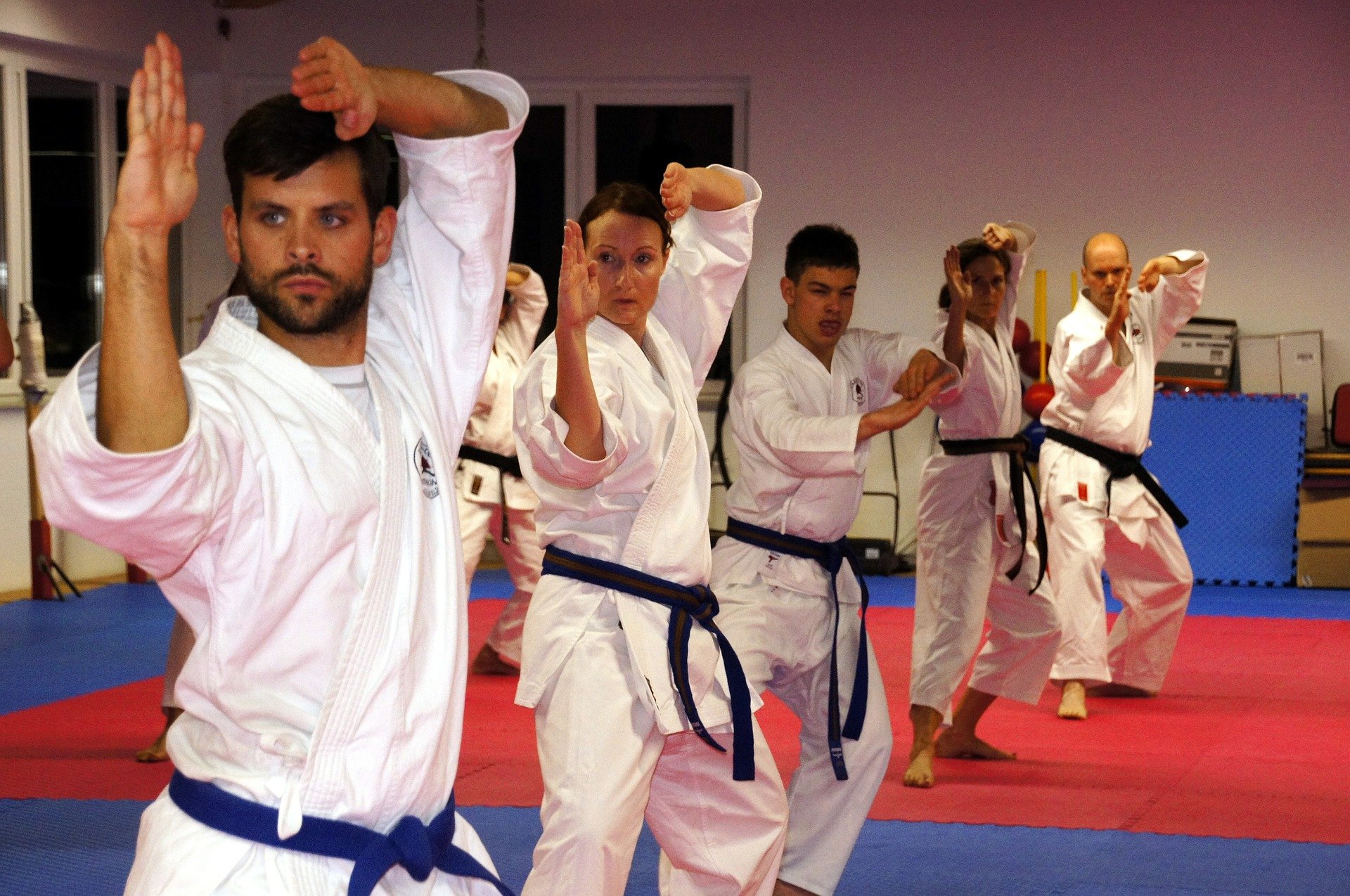Hey there! Have you ever wondered how we learn from each other? How we pick up behaviors and habits just by observing those around us? Well, today’s blog post is all about the fascinating world of social learning theory. Trust me, this is a topic you don’t want to miss!
In this post, we’ll dive into the basics of social learning theory and explore its applications in real life. From the classroom to the workplace, this theory has the power to shape our behavior and the way we interact with others. But it doesn’t stop there! We’ll also explore some creative ideas on how we can harness the power of social learning theory to improve ourselves and our communities.
So whether you’re a psychology enthusiast or simply curious about how we learn from one another, this blog post is for you. Get ready to uncover the secrets behind social learning theory and discover how it can change the way you see the world. Trust me, once you start reading, you won’t be able to put it down!
APPLICATIONS OF SOCIAL LEARNING THEORY IN REAL LIFE
Welcome to the exciting world of social learning theory! In this section, we will explore the fascinating applications of this theory in real life. Prepare to discover how this powerful concept revolutionizes our understanding of human behavior and how it shapes our interactions with the world around us. From education and parenting to business and marketing, social learning theory offers valuable insights that can be applied in various facets of our daily lives. So, buckle up and get ready to unravel the secrets behind how we learn, adapt, and grow through observation and imitation.
SOCIAL LEARNING THEORY IN EDUCATION
Social Learning Theory in Education: Enhancing Engagement and Fostering Growth
As an educator, I am constantly searching for innovative approaches to teaching that will captivate my students and foster their growth. One theory that has piqued my interest is social learning theory, originally proposed by the renowned psychologist Albert Bandura. This theory suggests that individuals learn not only through direct instruction, but also through observing others’ behaviors, attitudes, and outcomes. Intrigued by the powerful potential of this theory, I delved into the research to explore its applications in education.
Social learning theory places great emphasis on the significance of social interactions in the learning process. It acknowledges that we are not solitary beings, but rather products of our environment and the people around us. In educational settings, this theory highlights the importance of peer modeling, teacher-student interactions, and collaborative learning. Let’s delve into some of the exciting benefits that social learning theory can bring to the classroom.
One of the most compelling advantages of social learning theory in education is its ability to enhance student engagement. Imagine a classroom filled with eager learners who are actively participating in the learning process. This becomes a reality when students observe their peers’ successful behaviors or problem-solving strategies. The mere act of witnessing their peers’ achievements serves as a powerful motivator for students to step up and become active participants in their own learning journey.
Moreover, social learning theory nurtures the development of essential social skills. In our interconnected world, the ability to communicate effectively, cooperate with others, and empathize with different perspectives is pivotal. Through social interactions in classrooms, students have the opportunity to learn and hone these vital skills. By engaging with their peers, they foster their social and emotional development, equipping themselves with invaluable tools for life beyond the classroom.
But it doesn’t stop there. Social learning theory also yields tangible improvements in academic performance. Peer modeling and collaborative learning provide students with an avenue to acquire new knowledge and skills more effectively. By observing and learning from their peers, students gain a deeper understanding of complex concepts, ultimately leading to improved academic outcomes. The power of collaboration and shared experiences cannot be underestimated when it comes to facilitating academic growth.
In addition, social learning theory plays a pivotal role in reducing stereotypes and prejudices within the classroom. By fostering social interactions and exposing students to diverse perspectives, this theory challenges preconceived notions and promotes tolerance and inclusivity. It opens up a world of possibilities for students to learn from one another’s unique experiences, breaking down barriers and creating a harmonious learning environment.


